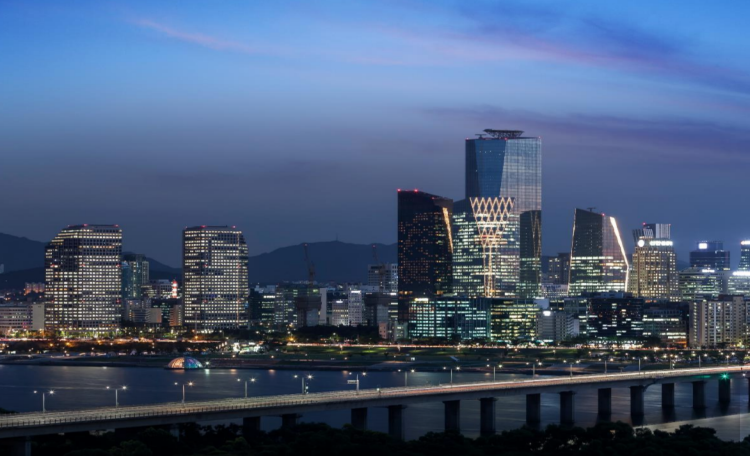In Busan-Ulsan-Gyeongnam, logistics centers are heavily concentrated around Busan New Port, Busan Port, Gamcheon Port, and Yangsan ICD/IFT, accounting for approximately 86% of the total supply. Busan New Port focuses on export/import cargo, while older cold storage facilities for agricultural and marine products are located near Busan and Gamcheon Port. Yangsan, with its strong highway network, serves as a logistics base for 3PL and retail companies.
By 2025, the region is expected to add 1.84 million py of logistics space—1.7 times the current supply. New developments are centered in Gimhae, Busan, and Yangsan, which are within 60–90 minutes of major population centers, making them ideal for retail and e-commerce same-day delivery.
Tenant analysis of logistics centers over 5,000 py shows a diverse mix: agricultural/marine products (35%), export/import cargo (19%), retail (10%), and e-commerce (10%). Key tenants include Dongwon, CJ Logistics, Daiso, Kurly, and Coupang.
Despite being Korea’s second-largest logistics region, the Southeastern area faces a supply gap. While the capital region offers 1.09㎡ of logistics space per person, this region provides only 0.29㎡. With a population of 5.43 million, at least 4.18 million㎡ of additional logistics space is needed.
When selecting logistics centers, companies prioritize accessibility, rental efficiency, and automation readiness. Key systems include conveyors, dock levelers, palletizers, and sealing fans. Site selection also considers infrastructure, permitting, labor availability, and proximity to demand centers. Operational features such as fire safety, dock design, and storage systems are critical, with storage taking up the largest share of space.



